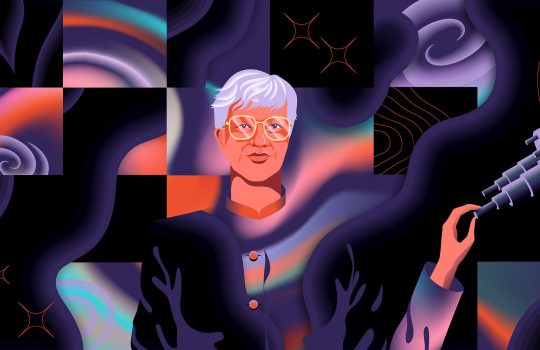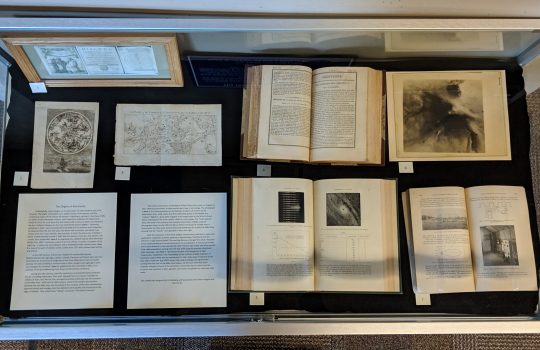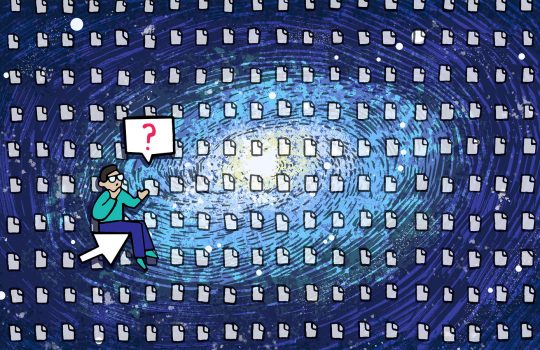New fleets of private satellites are clogging the night sky
From Science News, March 12, 2020: Astronomers searching for dwarf galaxies using the Victor M. Blanco 4-meter Telescope in Chile were remotely operating the scope from a room at Fermilab, about 8,200 kilometers away, when they saw streaks popping through. A flock of satellites in low Earth orbit had photobombed their image.



